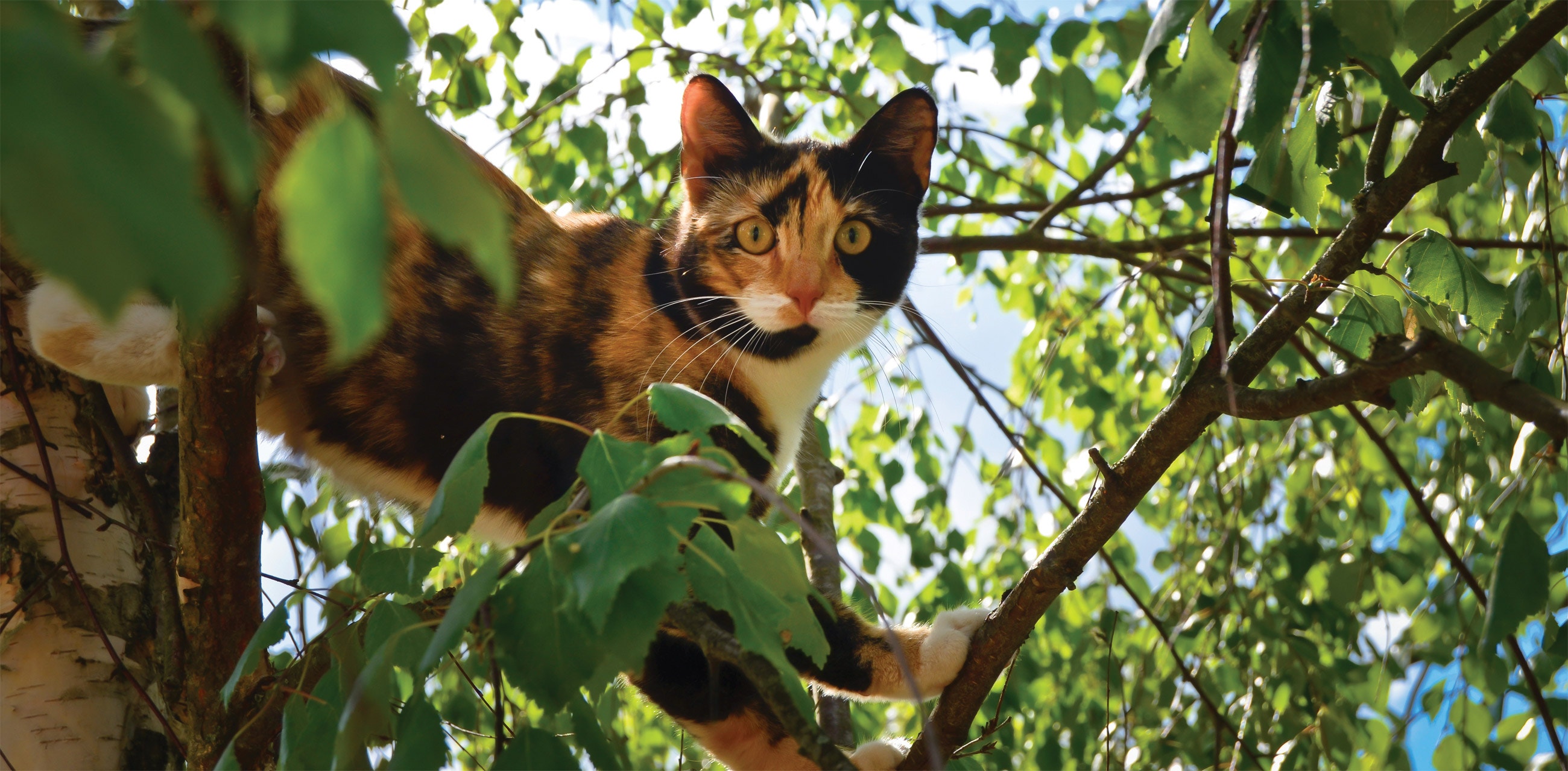
FEEDING TIPS FOR CATS
Tips for Successfully Changing Your Cat's Diet
Switching your cat's diet to a new food takes some planning. Because cats are creatures of habit, it is not uncommon for them to prefer their current food to a new food. They, like humans, become accustomed to something, like a particular food, and may not welcome a disruption to their routine.
These tips should help you successfully transition your cat to a new food...
- Introduce the new food gradually. This is the most successful way to ease your cat into the change in diet. Start by mixing 25% new food with 75% old food. Slowly change the proportions over the next three days or so by gradually increasing the amount of new food and decreasing the amount of old food. At the end of this weaning process, you should be feeding 100% of the new food. You may encounter difficulties, such as choosing to eat only the old food, or not eating at all. However, a healthy cat can miss meals for a day or two with no ill effects.
- Watch your body language. Bringing a new food into your home, placing it into a bowl, and declaring that your cat had better eat it might cause your cat to go on an eating strike. This is not the time to show who is the boss. It is better to introduce the new food to the cat using a pleasant tone of voice. Gently encourage the cat to try the new food.
- Don't give in to demands. It is important not to give up too soon! During the initial two-day period, do not give your cat treats or table scraps! Cats train us as much as we train them. Giving in to their demands only reinforces refusal behaviour and makes it more difficult to make a nutritious dietary change.
- The biggest challenge in switching diets is seen when changing from a moist food to a dry food. If your cat continues to resist eating dry food, mix a little warm water with the food. You may even want to put the moistened food in the microwave for a few seconds. If you mix the food with water it is important to discard the uneaten portion after 20 minutes. This prevents spoilage. The same rule applies for canned food. After the cat has become accustomed to the moistened food, you can wean him or her onto the dry food.
Finicky Eater?
Is your cat really a finicky eater, or could it be something else? There are many factors to consider when you notice that your cat does not appear to be eating as usual. If you think this is the case, take a closer look at exactly what your cat is eating during a day's time.
Does your cat eat just a few table scraps or treats? These extras can drastically alter your cat's normal intake of cat food. It is similar to the feeling you get after eating too much candy or potato chips. Are you interested in a full meal? Neither is your cat.
Feeding Tips for the Truly Finicky Cat
Cats normally eat to meet their energy requirements. However, there is a tendency for humans to think that cats need variety in their diet. This actually is not true. Cats are carnivores whose ancestors ate meat in the wild. It is doubtful that a cat would choose to eat fish one day and chicken the next. Cats thrive on routine and should not tire of one particular flavor of food.
However, IAMS™ recognises that caring cat owners want to have the option of feeding their pet a more varied diet. IAMS™ foods offer you a number of nutritional choices for your cat including dry and canned foods, naturally preserved diets, and options for overweight cats or cats with reduced activity levels. All IAMS™ Cat Foods are complete and balanced for specific lifestyles and lifestages. Consult with your veterinarian or a Pet Professional at IAMS™ to discuss the best selection for your cat.”
More Feeding Tips
- If, by chance, your cat does start eating less, do not assume that he or she is tired of the food. You may want to look for another factor that is probably causing some stress. Has another animal been added to the household? Has a family member left or died? Have the cat's surroundings changed, such as a move to a new house? When the stress is removed, your cat will probably go back to a normal diet. If your cat seems healthy, happy and lively, has a good coat and clear eyes, there is little cause for concern.
- Cats have an uncanny ability to smell changes in the world around them. Even a new bowl can disturb a cat's eating habits. Some cats refuse to eat from a plastic or hard rubber bowl.
- Other factors that may contribute to a change in eating habits are medical in nature. The only way to verify this is to visit your veterinarian. If the medical examination does not verify a problem exists, your cat may be manipulating you in grand style!
What Every Cat Needs
- Regardless of which food you choose to feed, your cat must have plenty of fresh, clean water available at all times. We suggest placing the water three to five feet from the food. This will help prevent your cat from gulping water and air in addition to food.
- Make sure that your cat has a quiet, comfortable place to eat, away from a lot of family confusion.
- And remember, your cat needs to visit the veterinarian regularly. Regular visits help to keep your cat happy and healthy!



